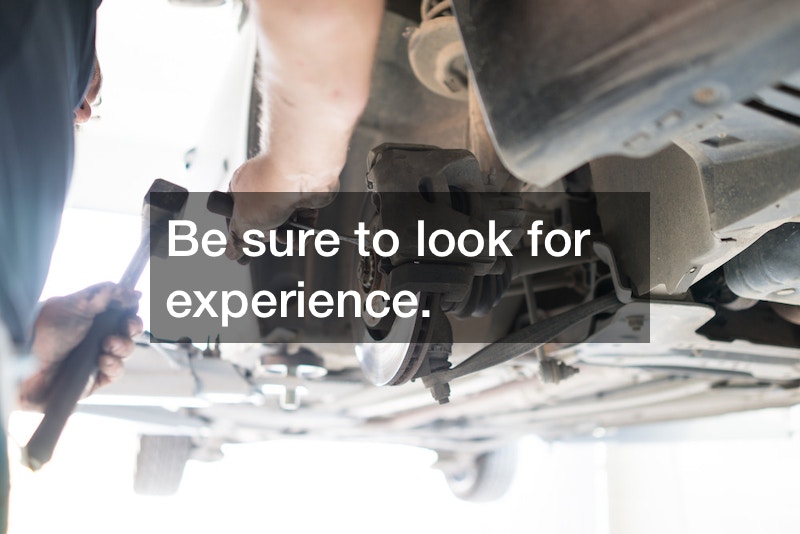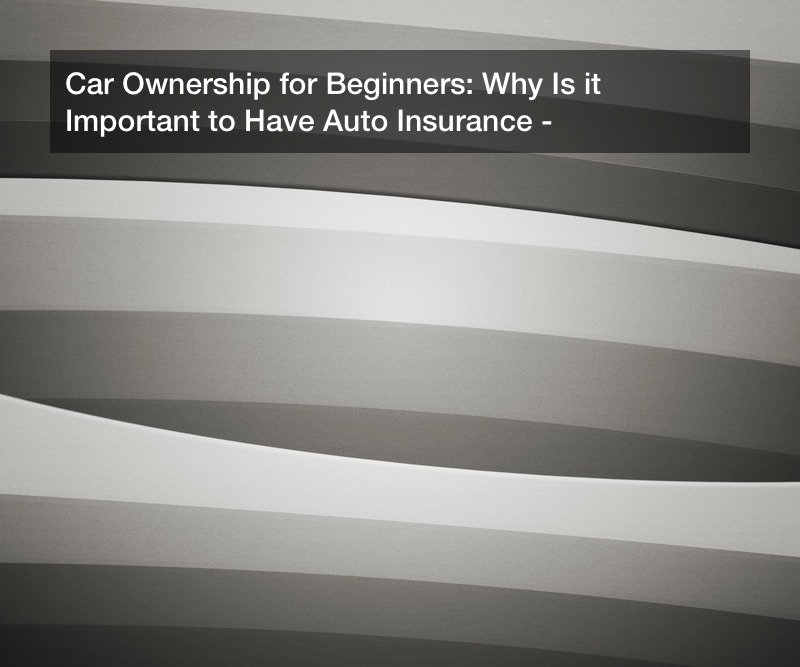Highlights: What You’ll Learn in This Article
- Why it’s smart to get an auto glass quote before contacting your insurance provider
- The types of insurance coverage that typically apply to car window damage
- How detailed estimates help you compare costs, materials, and repair options
- When it makes financial sense to file an insurance claim—and when it doesn’t
- Key questions to ask your provider before scheduling service
- How to choose a reliable auto glass company that works with insurance
- The benefits of understanding your deductible and coverage before filing a claim

Why Getting a Quote First Matters
Before filing an insurance claim, it’s smart to request a detailed quote from a trusted auto glass provider. A clear estimate helps you determine whether your vehicle’s glass damage exceeds your deductible, enabling you to make an informed decision. In some situations—such as minor chips or cracks—a repair-only quote might fall below your deductible, meaning it could be more cost-effective to pay out of pocket. Additionally, having a transparent quote allows you to shop around, compare labor and material costs, and avoid potential upsells. Providers that offer mobile service may even give free estimates on-site, so you can immediately see exactly what needs to be done and what it will cost before involving your insurer. This empowers you to file only necessary claims and avoid affecting your premium unnecessarily.
Types of Insurance Coverage That May Apply
Understanding which parts of your insurance policy cover glass damage is essential. Typically, comprehensive coverage handles non-collision incidents—such as flying debris, vandalism, or weather—while collision coverage applies when glass breaks due to an accident. Some policies offer glass-specific riders with zero or low deductibles, either automatically or available as optional add-ons. Reputable insurance guides note that comprehensive coverage generally pays for glass repair or replacement after the deductible is met, while some states require insurers to waive the deductible for windshield repairs. Knowing your coverage helps avoid surprises when deciding whether to file a claim.
How to Get an Accurate Auto Glass Quote
Quality auto glass providers follow a thorough process to generate a reliable quote. First, they inspect the damage—evaluating its size, type, and location—to determine whether repair or replacement is needed. For example, chips under a few inches might be repairable; deep or edge cracks likely require full replacement. Trusted safety organizations recommend replacing windshields if damage compromises driver visibility or reaches the edges of the glass, as this may affect structural integrity. The quote should specify materials (OEM vs. aftermarket glass), labor time (calibration, adhesive curing), warranties, and any additional service fees for mobile calls or ADAS calibration on newer vehicles. Ask providers whether they partner directly with insurers and whether they’ll handle claim paperwork on your behalf. Receiving a written, fully broken-down estimate helps you compare options fairly and decide if proceeding through insurance is worthwhile based on your deductible and policy terms.
When Insurance Filing Makes Sense
You’ll likely want to file an insurance claim when the repair or replacement cost exceeds your deductible, typically the case with full windshield replacements. Consumer-focused insurance sources confirm that many comprehensive policies cover auto glass claims, and some waive the deductible for repairs to encourage early fixes. Even if the cost slightly exceeds your deductible, the insurer may still handle the bulk of it, reducing your out-of-pocket expense. Plus, if the damage results from a covered event (e.g., foul weather or falling debris), using insurance protects your wallet while restoring safety. Just ensure you get a quote first, so you know exactly what to expect and avoid surprises. Also, check state laws—some require zero-deductible glass claims with comprehensive policies.

When to Skip the Insurance Claim
In certain situations, it may be wiser to skip insurance and pay privately. If the cost is below or close to your deductible, filing a claim could be more trouble than it’s worth. Moreover, even minor claims can potentially affect premiums or future insurability. For small chips that can be drilled and filled in under 30 minutes, repair is often affordable enough to avoid involving insurance. Additionally, quick out-of-pocket payment may let you choose a preferred service provider without insurer mandates. For vehicles with advanced driver-assistance systems, manufacturer-certified calibration is critical, and insurance-approved vendors may not always offer the best tech. Reliable industry sources advise that in cases of minor damage, skipping insurance helps avoid premium increases and delays associated with approvals.
Many drivers also prefer the flexibility that comes with paying out of pocket. You have full control over which materials are used, when the work is completed, and how much time you want to spend on approvals or paperwork. Paying privately allows you to sidestep the back-and-forth with insurers entirely, which can be especially helpful if you’re on a tight schedule or need mobile service at a specific time. This added convenience can make a big difference, especially when dealing with small repairs that don’t justify the effort of opening a claim.
What to Do After Receiving a Quote
Once you receive quotes—whether through phone, email, or onsite assessment—compare them against your deductible and policy terms. Ask follow-up questions: Are OEM glass or calibrations included? What warranties are provided? How long does the adhesive take to cure before driving? Does the provider file claims directly with insurers, or will you need to? Make sure you understand whether the insurer requires a deductible, if there’s a glass waiver, and how claims affect your policy. Only after clarifying these factors should you decide on insurance filing. You can then schedule service—mobile or in-shop—knowing exactly what will be done, how much you’ll pay, and what paperwork is handled.
Vetting the Auto Glass Provider
Choose a provider with the right mix of certification, transparency, and insurance familiarity. Top-rated glass professionals often offer mobile estimates, partner with major insurers, and provide lifetime workmanship warranties. They should openly discuss insurance handling, calibrate ADAS systems when needed, and offer clear warranties, typically a lifetime workmanship warranty plus manufacturer defect coverage. Check online reviews to verify reliability and clarity. Independent consumer guides confirm that many insurers waive deductibles for chip repairs and work directly with approved glass vendors.
Another key consideration is the provider’s familiarity with your local area and its road conditions. Glass damage in rural or small-town settings—like Castle Rock, WA—is often caused by gravel roads, logging routes, or high winds. A provider who regularly services your region will understand common damage patterns and carry the tools and glass types best suited for those conditions. Customer service is just as important. Look for shops that explain your options clearly, communicate throughout the process, and follow up after the repair to confirm satisfaction.
Choosing Between OEM and Aftermarket Glass
Not all auto glass is created equal. When reviewing your quote, one of the most important line items is the type of glass being used. OEM (Original Equipment Manufacturer) glass is made to the exact specifications of your vehicle’s original windows, while aftermarket glass may vary slightly in shape, thickness, or tint. While both options can be safe, OEM glass is often preferred for vehicles with advanced driver-assistance systems, as it ensures proper sensor alignment. However, some insurance policies only cover aftermarket options unless you specifically request OEM and pay the difference. Knowing the distinction helps you make a more informed decision and may influence whether you file a claim or pay privately.
Empowered Decision-Making
Ultimately, opting for a quote-before-claim approach puts you in control. You’ll know exactly what the repair or replacement will cost, whether your policy applies, and whether filing a claim is beneficial. This prevents unnecessary claims, avoids surprise bills, and ensures the use of a high‑quality provider capable of handling calibration and paperwork. Whether you proceed through insurance or pay privately, you’ll be making a confident, informed choice—and that leads to a safer, stronger windshield and peace of mind behind the wheel.








